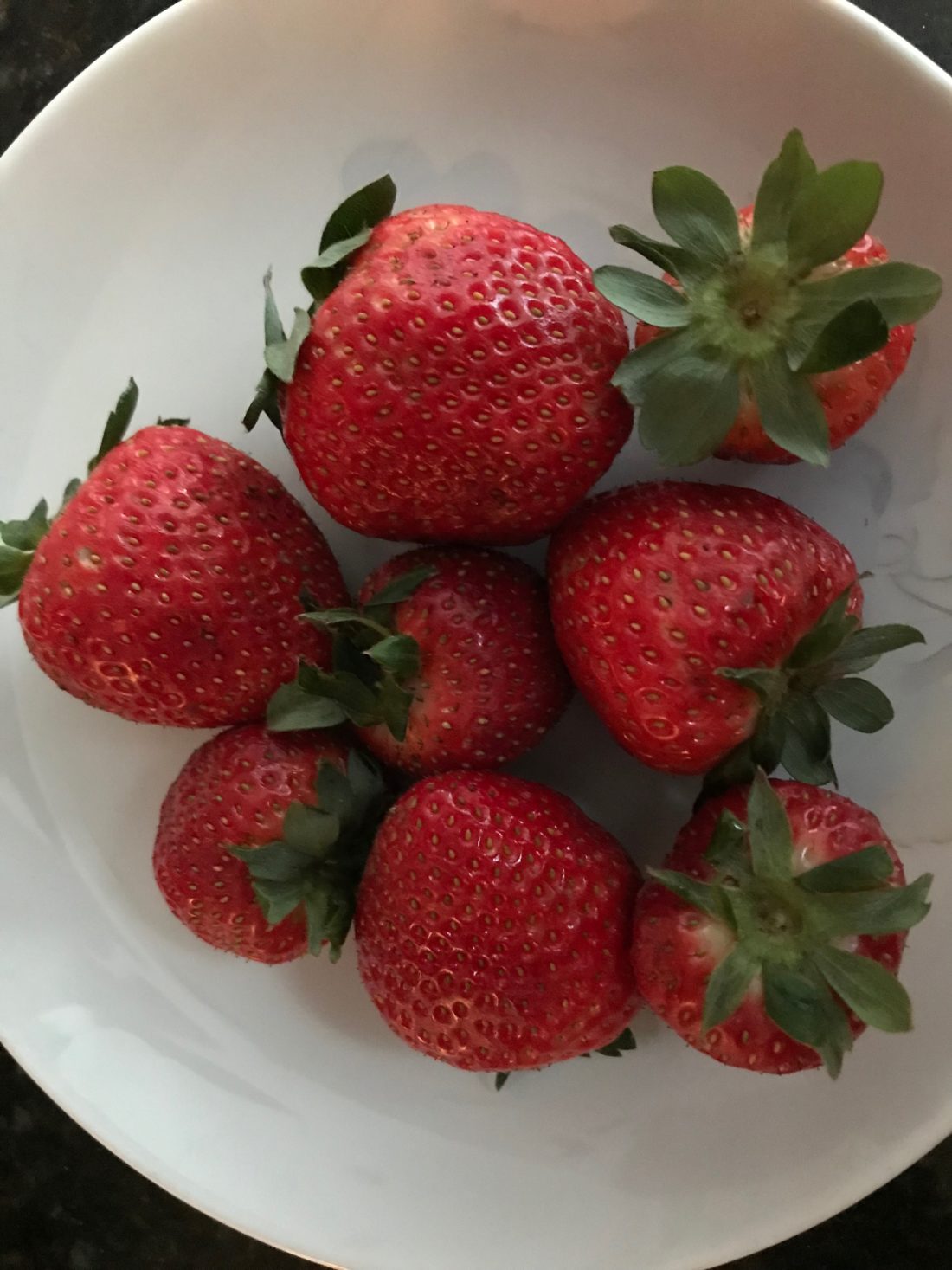Strawberries in Winter
Lately, I have been thinking about hope.
For years, I’ve loved these lines from Hebrews 11, Now faith is the substance of things hoped for, the evidence of things not seen.
They ratified, across the generations, my confidence that we are surrounded by a kind of love-intelligence that sustains us, even when we are not fully conscious of it. Indeed, that the life in time depends upon “things not seen” for its full coming-into-being.
In times of warmth and fat, when strawberries hang on the vine and those we love are blooming and bright as human sunflowers, eager to turn their faces to the sun, this is well and good. When integrity can be observed in our leaders, and a spirit of service informs the work being done by and around us.
But life has its dark and bitter cold winters, and we or those we love come close to falling through the ice more often than we want to imagine.
Yesterday my newspaper carried an amazing story that pertains. A hunter in rural Maine last week came upon a scene of agony by the shore of a large lake: a deer had fallen through the ice and was thrashing, in terror, unable to gain traction to pull himself out. The situation was critical.
A game warden had also seen the deer. Together, the two men stood on the shore, debating what they might do. It occurred to the hunter that his boat, long since covered and stored for the winter, wasn’t far off. The two men hastened to uncover it, and dragged it down to the lake. Using two-by-fours and a shovel, they painstakingly broke a way through the ice to the terrified and struggling animal. One of them lassoed him by the antlers.
Ever so slowly, they drew him behind the boat to shore. The buck touched solid ground and, exhausted, collapsed.
He lay there all day, just his eyes moving. People who’d heard the story came to see him, but kept a respectful distance, as he recovered his strength. As darkness fell, the warden came down to the shore to check on him. At the sight of his rescuer, the buck rose on his legs and bounded back to his wild home, fully himself again, saved.
Hope is never abstract. It isn’t raised through an exertion of will, nor as an exercise in a distorted mental construct that we call “faith.” This is fantasy dressed up as virtue.
It is only possible to “hope in things unseen” when our hearts and minds and bodies are sustained by concrete gestures of affirmation, worth and relationship. It is possible because we feel seen and heard and valued. It is generated when our essential needs are met and our efforts find a measure of effectiveness in the world.
A very gifted writer and artist I know many years ago said something so simple and penetrating that is has never left me.
“For me,” she said, “God is other people.”
In a week when Hanukkah begins, and others are putting the final touches on Christmas decorations and holiday menus, so many of us are in these lovely rituals fortifying the life of hope close at hand. This is one of the best things we can do in these dark days — putting bright poinsettas on our tables and buying strawberries for breakfast.
But my own hope is that each of us remember too at least one creature who may be wandering on thin ice. What if each of us sat quietly for a moment today, as we enter the second week of Advent and the verge of the Jewish holiday of light, to conjure some deer on the verge of our own consciousness who could use a rope to be pulled to safety. How and where might we enable someone we barely know, or hardly ever see, to stand more balanced and sure-footed, buoyed by the passage we offer to a more solid shore.





Anne parker
December 11, 2017at8:35 amThank you